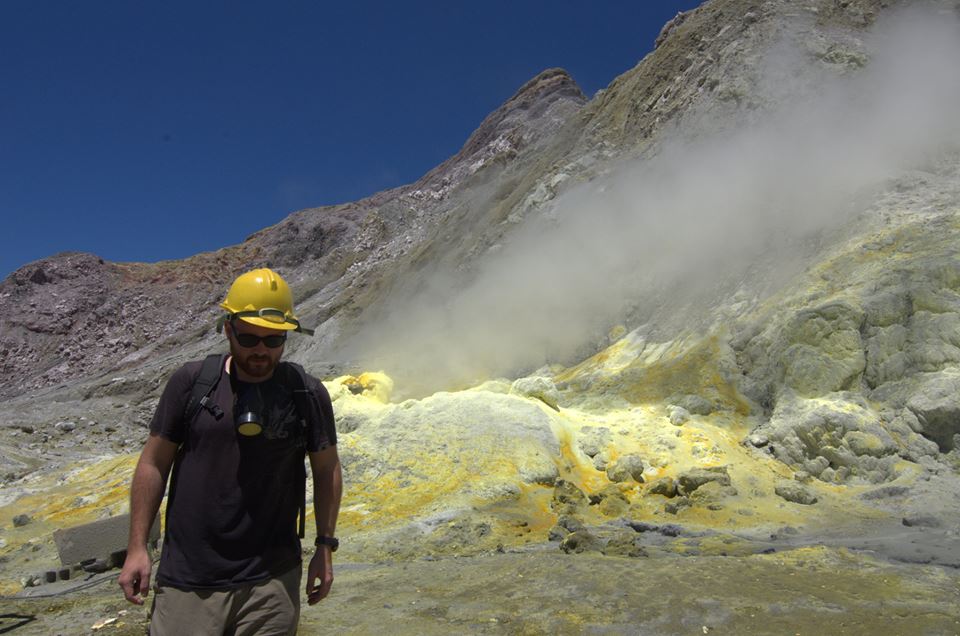Biography:
When I was younger I had a large rock collection. It consisted mostly of the smoothest rocks I could find and the largest I could carry at the time. My parents eventually got me a mineral identification kit complete with several different rock and mineral samples. This fostered an interest in how the world around me works and what everything is made of.
I went to university for physics, but a chance elective rekindled my interest in geology and led to me switching majors. I was fortunate enough to get a job with the Northwest Territories Geoscience Office as a mapping assistant for one of my first summer jobs. Working in a remote field camp with fantastic geologists was the experience of a lifetime, which is why I went back for two more summers. Since then I have been fascinated by the tectonic and chemical processes that shape the rocks around us. Geology has also given me the opportunity to travel, fish, and drink beer in fantastic and remote locations.
I am currently interested in the geochemistry of highly differentiated magmas and how mantle chemistry influences crustal formation. Moving to Victoria for my MSc. has given me a great opportunity to expand my knowledge and explore the beaches and mountains of Vancouver Island. I spend my spare time hiking, sailing, fishing, and (snowpack permitting) backcountry snowboarding.
